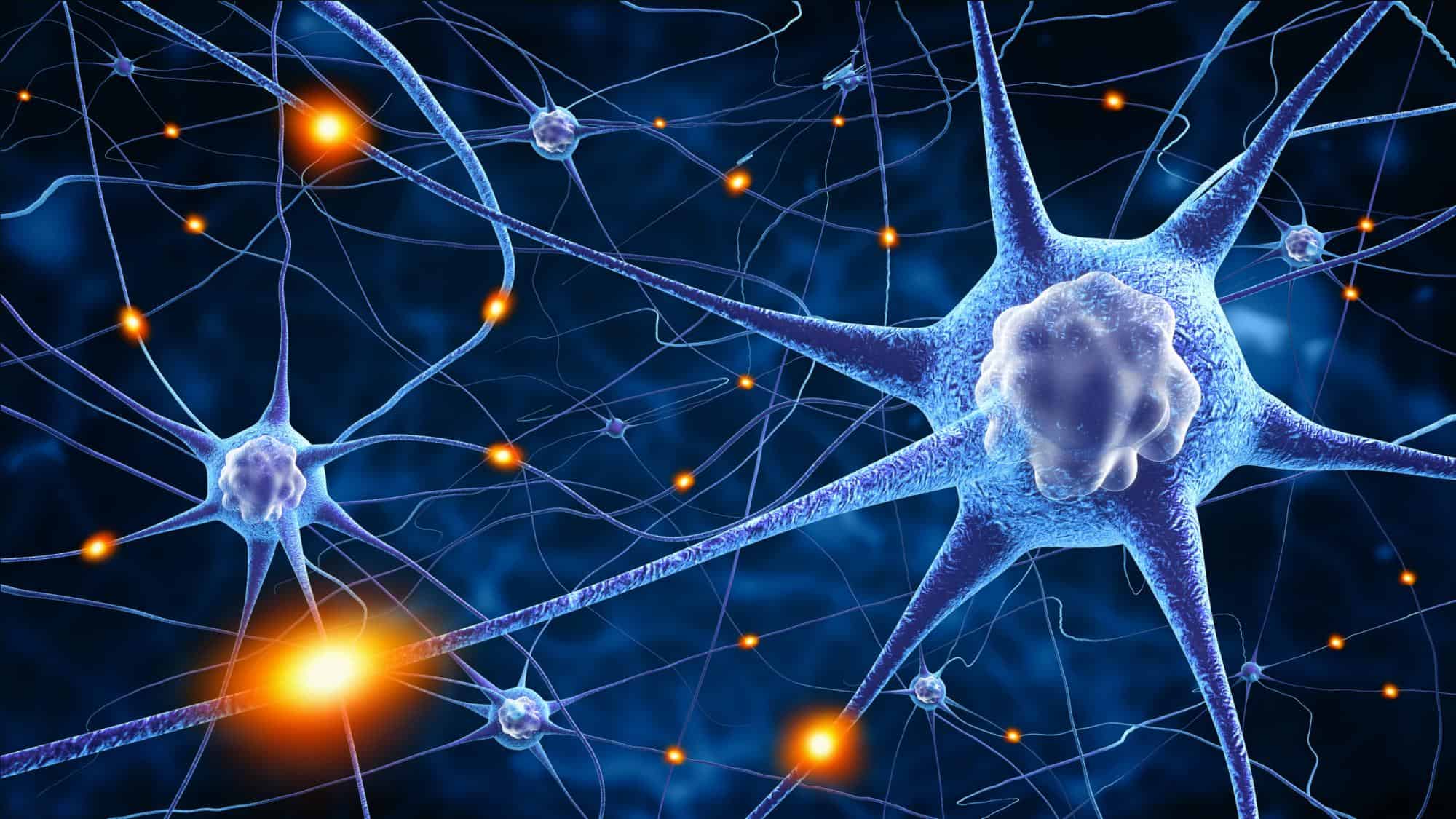Core Practical 17 – From Topic 7 (Run For Your Life)

Aim
To investigate the effects of exercise on tidal volume, breathing rate, respiratory minute ventilation and oxygen consumption using data from spirometer traces.
Equipment
- Spirometer
- Kymograph
- Disinfectant
- Eye protection
- Soda lime
How Does A Spirometer Work?
The general principle behind a spirometer is simple. It is effectively a tank of water with an air-filled chamber suspended in the water. It is set up so that adding air to the chamber makes the lid of the chamber rise in the water, and removing air makes it fall. Movements of the chamber are recorded using a kymograph (pen writing on a rotating drum). Tubes run from the chamber to a mouthpiece and back again. Breathing in and out through the tubes makes the lid of the chamber fall and rise. The volume of air the person inhales and exhales can be calculated from the distance the lid moves. The apparatus can be calibrated so that the movement of the lid corresponds to a given volume.

Method
- A canister containing soda lime is inserted between the mouthpiece and the floating chamber. This absorbs the carbon dioxide that the subject exhales.
- After calibration, the spirometer is filled with oxygen. A disinfected mouthpiece is attached to the tube, with the tap positioned so that the mouthpiece is connected to the outside air.
- The subject to be tested puts a nose clip on, places the mouthpiece in their mouth and breathes the outside air until they are comfortable with breathing through the tube.
- Switch on the recording apparatus and at the end of an exhaled breath turn the tap so that the mouthpiece is connected to the spirometer chamber. The trace will move down as the person breathes in.
- After breathing normally the subject should take as deep a breath as possible and then exhale as much air as possible before returning to normal breathing.
Results & Conclusion
The tidal volume is the volume of air breathed in and out in one breath at rest. The tidal volume for most adults is only about 0.5 dm³. Vital capacity is the maximum volume of air that can be breathed in or out of the lungs in one forced breath. Breathing rate is the number of breaths taken per minute. Minute ventilation is the volume of air breathed into (and out of) the lungs in one minute.
Minute ventilation = tidal volume × rate of breathing (measured as the number of breaths per minute)

PB_using-a-spirometer-to-investigate-human-lung-function-20-standard-curve-showing-vital-capacity-500
Some air (about 1 dm³) always remains in the lungs as residual air and cannot be breathed out. Residual air prevents the walls of the bronchioles and alveoli from sticking together. Any air breathed in mixes with this residual air.







tutorial
I’d like to find out more? I’d like to find out some additional information.